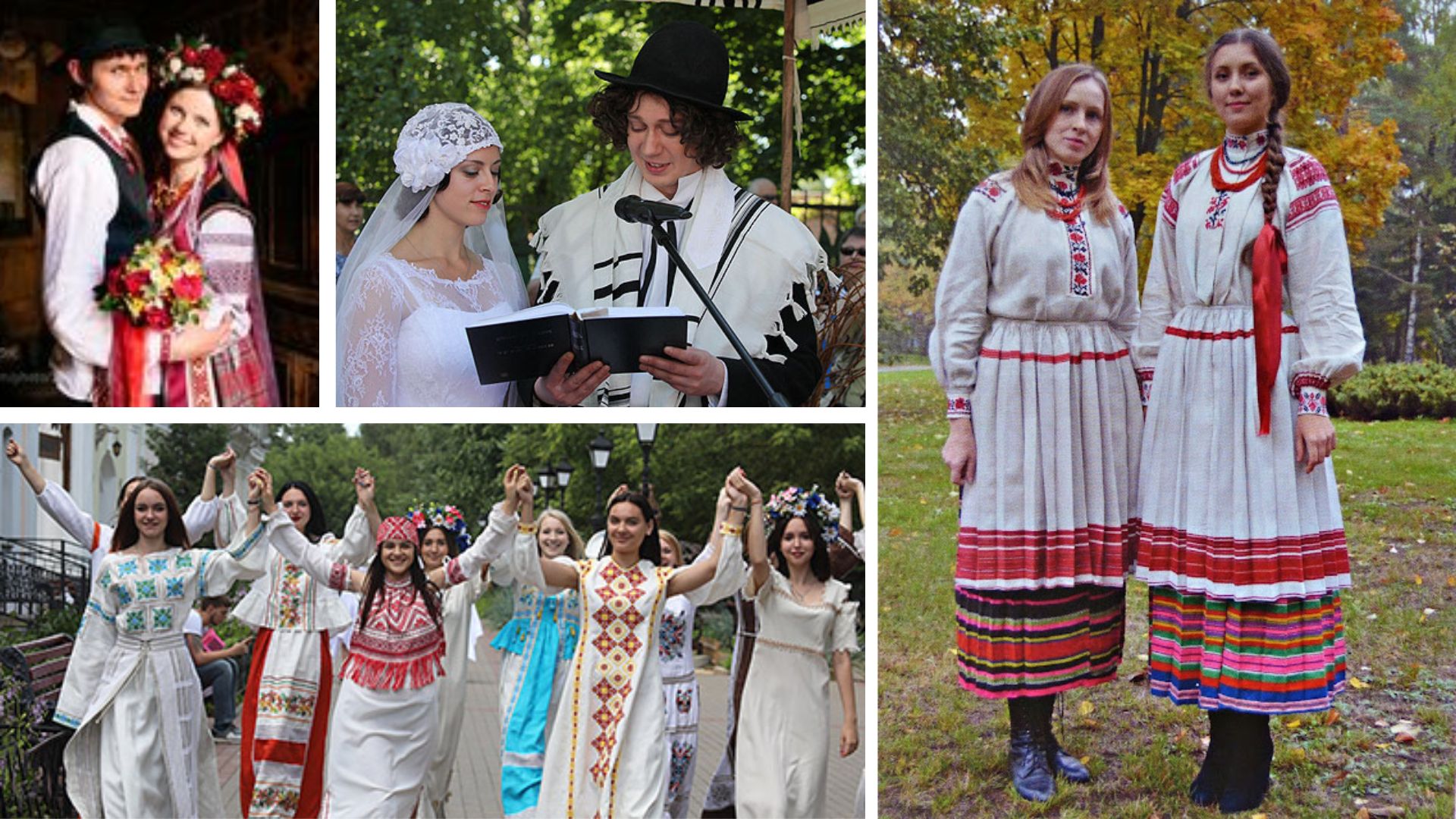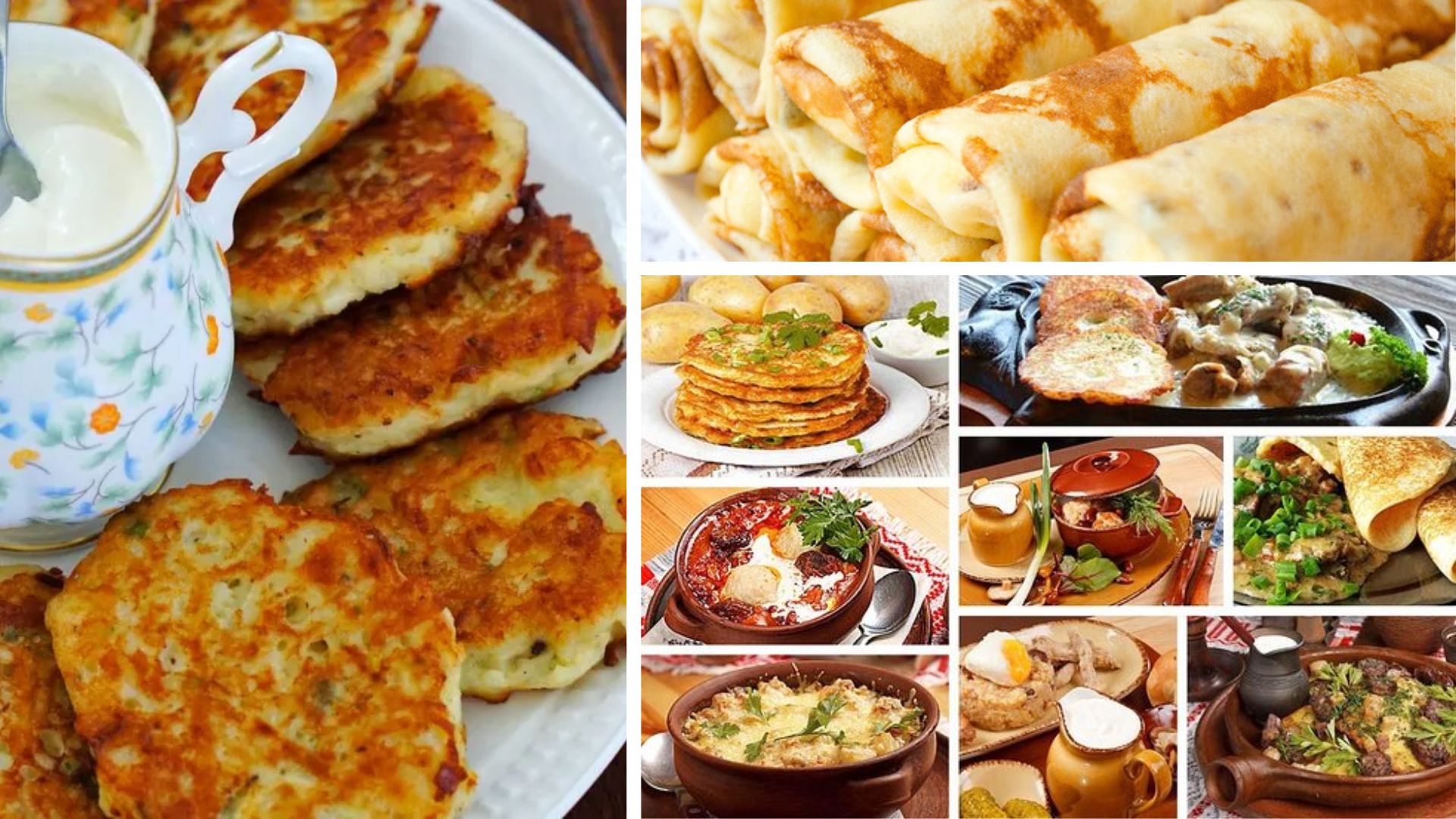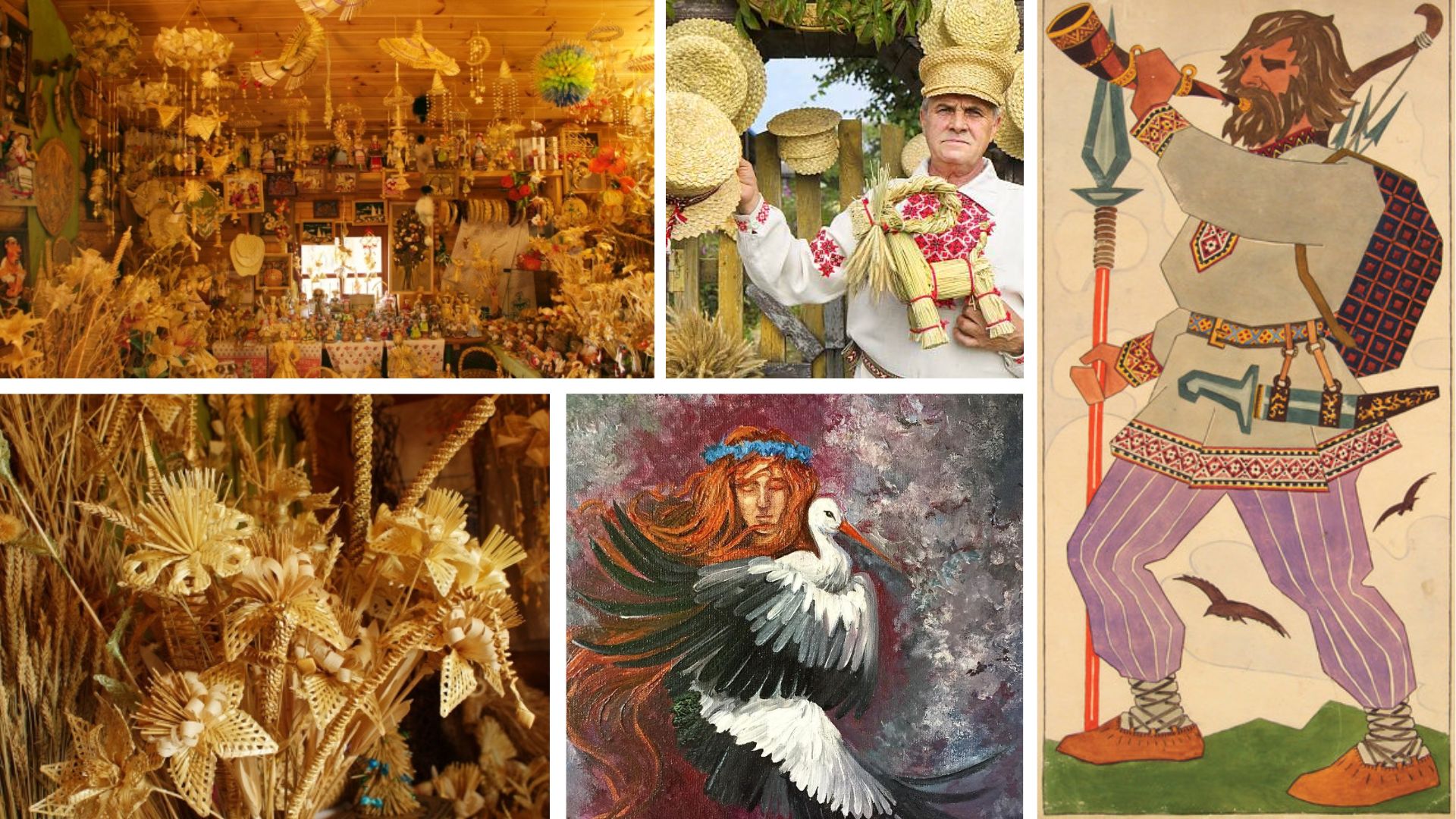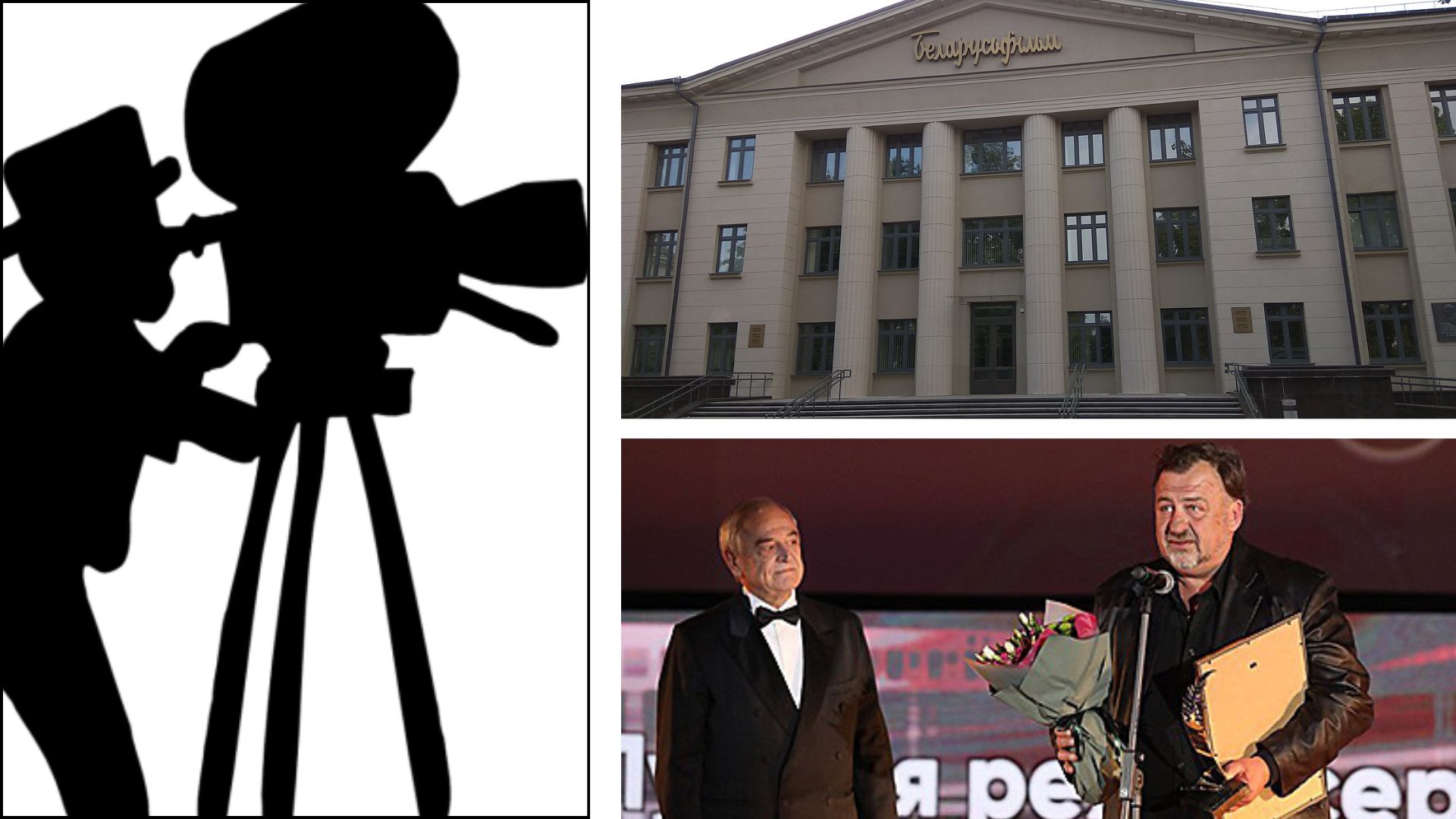Belarusians' cultural identity is deeply rooted in enduring values that prioritize morality,
humanity, and a profound respect for others. Passed down through generations, these ideals
center on concepts of goodness, justice, and a resolute stance against evil and violence. This
cultural heritage finds expression in various forms, including architecture, art, music, and
literature.
The state's cultural policies are codified in the Code on Culture of the Republic of
Belarus, providing a comprehensive framework for legal, organizational, economic, and social
aspects of cultural endeavors. It encompasses the preservation and development of cultural
heritage, the protection of historical sites, library and museum management, cinematography,
folk art, amateur groups, cultural events, and recognition for cultural contributors.
Currently, Belarus is implementing the Culture of Belarus state program aimed at preserving
the historical memory and cultural identity of the Belarusian people, fostering active
participation in cultural life, unleashing creative potential, and maintaining cultural ties
with the Belarusian diaspora.
The contemporary cultural landscape of Belarus is vibrant and multifaceted, characterized by
numerous art exhibitions, music, theater, and film festivals that attract both national and
international audiences.

Belarus Clothing
For men, traditional Belarusian clothing often includes a long-sleeved shirt, trousers, a belt,
and a fur hat known as a papakha or a cloth hat called a kolpak. The shirt may be decorated with
embroidery along the collar and cuffs, while the trousers are typically wide-legged and may be
tucked into high boots.
Women's traditional dress in Belarus varies by region but often consists of a long, flowing
skirt, a blouse, and a vest or bodice. Like men's shirts, women's blouses are often embellished
with intricate embroidery, and the skirts may feature colorful patterns or stripes. Headscarves
or shawls are commonly worn to complete the ensemble.
In addition to clothing, traditional Belarusian attire may also include accessories such as
belts, sashes, and jewelry, which are often handmade and passed down through generations. These
accessories may feature traditional motifs and symbols, adding to the overall cultural
significance of the outfit.

Belarus Food
Belarusian cuisine is hearty and flavorful, reflecting the country's long and cold winters.
Staples include potatoes, rye bread, pork, and seasonal vegetables. Here are some of the most
popular Belarusian dishes:
Dranikiare potato pancakes that are similar to latkes. They are made with grated potatoes,
onions, and eggs, and are fried until golden brown. Draniki are traditionally served with sour
cream and applesauce.
Borscht is a beet soup that is popular throughout Eastern Europe. The Belarusian version is made
with beets, cabbage, potatoes, carrots, onions, and meat. It is often served with a dollop of
sour cream.
Zrazy are rolled meat dishes that are similar to roulades. They are made with thin slices of
beef or veal that are filled with a variety of ingredients, such as mushrooms, onions, and
vegetables. Zrazy are then braised or stewed in a flavorful sauce.

Belarus Art
Belarusian art has a rich and long history, dating back to the Middle Ages. The country's art
has been influenced by a variety of cultures, including Byzantine, Russian, and European. Here's
a glimpse into Belarusian art through the ages:
Early
Belarusian Art (Middle Ages)
:
• Religious Art: The earliest Belarusian art was primarily religious in nature.
Icon
painters and architects created stunning works of art for churches and cathedrals. One of the
most famous examples of early Belarusian art is the Holy Sophia Cathedralin Polotsk, which was
built between 1030 and 1060.
• Lazar Bogsha: A prominent figure in Belarusian medieval art was Lazar Bogsha, a talented
goldsmith from Polotsk. His most famous work is the Cross of Saint Euphrosyne, a beautiful altar
cross made in 1161. The original cross disappeared during World War II, but a replica was
created by a Belarusian artist in the late 20th century

Belarus Film Industry
The Belarusian film industry, while relatively small compared to those of larger countries, has
a rich history and continues to produce notable works that reflect the cultural and social
landscape of Belarus. Over the years, Belarusian cinema has evolved, facing challenges and
undergoing transformations in response to changing political and economic conditions.
Historically, Belarusian cinema has been influenced by the country's tumultuous past, including
periods of Soviet rule and post-Soviet independence. During the Soviet era, the film industry in
Belarus, like in other Soviet republics, operated within the confines of state censorship and
ideological constraints. However, despite these limitations, Belarusian filmmakers managed to
create films that often subtly addressed social and political issues while also celebrating the
country's cultural heritage.

Belarus Economy
The Belarusian economy exhibits notable strengths that contribute to its resilience and
potential for growth. Firstly, its diversified industrial base, spanning sectors like
manufacturing, machinery, and agriculture, forms a robust foundation for economic stability.
This diversity not only mitigates risks associated with reliance on a single industry but also
fosters innovation and competitiveness across various sectors.
Additionally, Belarus's strategic geographical location as a transit hub between Europe and
Asia offers significant advantages for trade and investment. Positioned at the crossroads of
major transportation routes, the country serves as a key link connecting markets in both
regions. This strategic positioning not only facilitates the flow of goods and services but also
attracts foreign investment, driving economic growth and enhancing the country's role in global
trade networks.